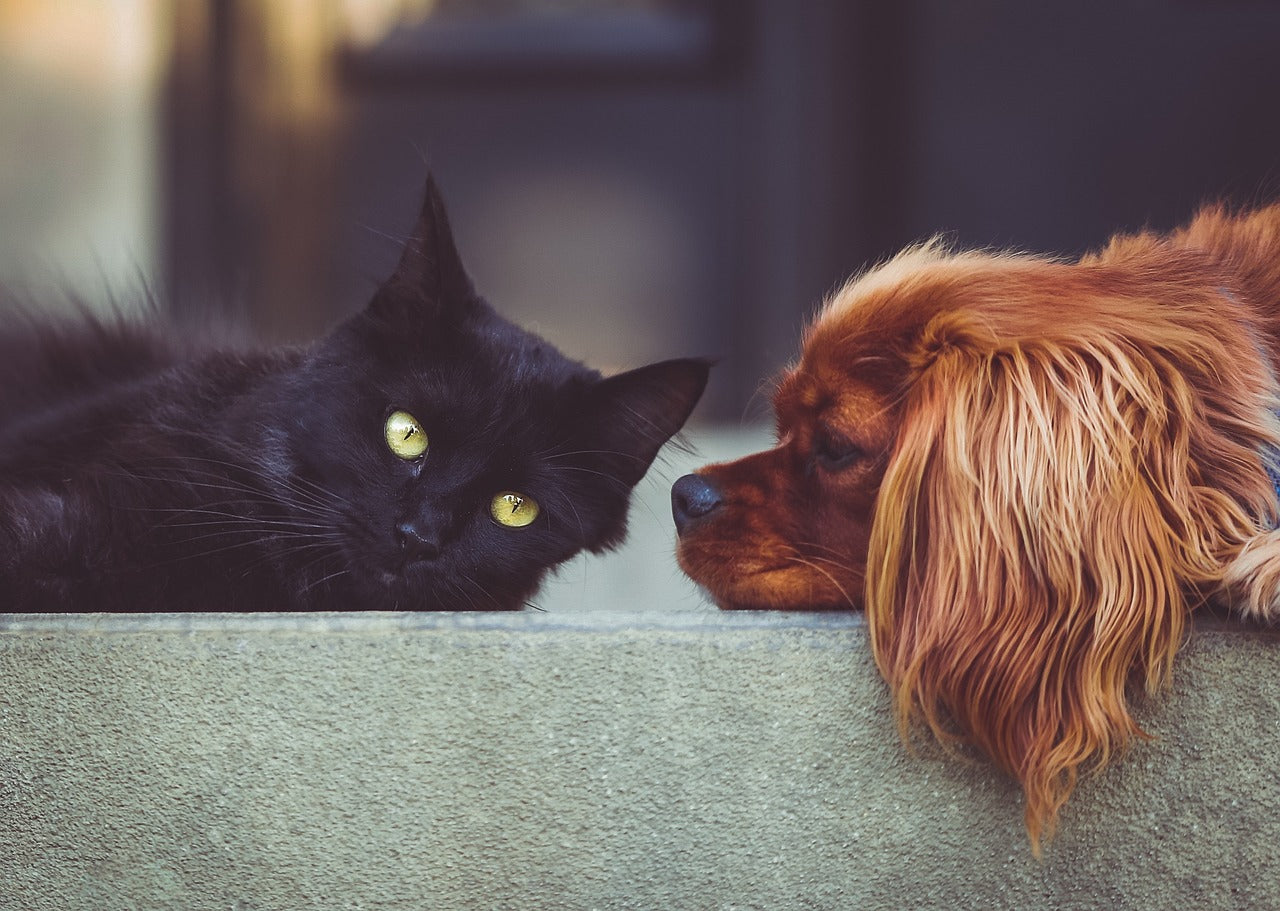Aggression and marking behavior are two of the most common struggles dog owners face. From lunging and barking to urine marking furniture, both behaviors can make everyday life stressful.
Here’s the good news: neither aggression nor marking makes your dog “bad.” These are natural coping mechanisms—but with patience and training, you can help your dog respond in healthier ways.
This guide covers territorial aggression, marking behavior, why they happen, and how to prevent them.
🐾 Why Dogs Become Territorial or Mark
Dogs are instinctive protectors. Guarding their space, food, or favorite humans comes naturally. Marking behavior—urinating on objects or spots—is another way dogs “claim” their territory.
Common triggers include:
-
Breed tendencies – Guarding breeds (German Shepherds, Rottweilers, Chows) are more predisposed to territorial behavior.
-
Fear or anxiety – Aggression and marking can both be stress responses.
-
Lack of socialization – Dogs that weren’t exposed to new experiences early may feel insecure and overcompensate with aggression or marking.
-
Hormones – Intact males are more prone to marking and guarding behaviors.
-
Past trauma – Dogs with unstable histories may guard more intensely.
👉 Marking indoors is especially frustrating. Dogs may lift their leg on walls, couches, or even guests’ belongings. This isn’t necessarily a bathroom accident—it’s communication. Your dog is saying, “This is mine.”
🔑 8 Proven Strategies to Manage Territorial Aggression & Marking
1. Identify Territorial Zones & Marking Triggers
Territorial dogs often guard the home, yard, or familiar routes. Marking usually happens in high-traffic spots (doorways, furniture, new items). Pay attention to where and when these behaviors occur.
2. Obedience Training for Control
Teaching cues like “leave it,” “stay,” and “go to your place” helps redirect both aggression and marking. If your dog starts sniffing a couch with intent to mark, you can interrupt with a command and reward calm behavior.
3. Increase Exercise & Enrichment
Bored dogs are more reactive and more likely to mark. Long walks, new routes, puzzle feeders, and play sessions reduce stress and redirect energy away from guarding or urine marking.
4. Limit Access to Trigger Zones
-
Block your dog’s view of windows or doors to reduce barking and guarding.
-
Use baby gates or closed doors to prevent access to frequently marked areas.
-
Consider belly bands or disposable dog diapers indoors as a temporary solution to manage marking while training.
5. Address Hormonal Factors
If your male dog hasn’t been neutered, consider it. Neutering often reduces urine marking and can lower territorial intensity, especially if done before marking becomes a long-term habit.
6. Clean Marked Areas Thoroughly
Dogs return to places where they smell urine. Use enzyme-based cleaners to fully remove scent markers from carpets, furniture, or walls. Standard cleaners won’t eliminate the chemical cues dogs detect.
7. Use Positive Reinforcement
When your dog ignores a trigger, refrains from barking, or walks past a potential marking spot without lifting a leg—reward immediately. Small treats, praise, or affection reinforce calm and clean behavior.
❌ Avoid punishment—scolding can create more stress, leading to more marking or aggression.
8. Consult a Professional
If marking or aggression continues despite training, seek guidance from a certified trainer or veterinary behaviorist. They can create a plan tailored to your dog’s triggers and environment.
🧠 Behavior Modification Techniques
-
Desensitization – Gradually expose your dog to triggers (visitors, other dogs, or household items they mark on) at a low intensity.
-
Counterconditioning – Pair those triggers with something positive, like treats, to change your dog’s emotional response.
Example: If your dog barks at people near your yard, reward them every time they remain quiet. If they try to mark, redirect and reward when they choose not to.
❓ FAQs on Territorial Dogs & Marking
Why is my dog marking inside the house?
Marking is about territory, not a bathroom accident. Dogs often mark due to hormones, insecurity, new environments, or the presence of other pets.
Does neutering stop marking?
Neutering often reduces marking, especially if done early, but training and management are still important.
What breeds mark the most?
All breeds can mark, but intact males and dominant or insecure dogs are more prone. Small breeds are notorious for indoor marking, but large breeds also do it.
Can marking and aggression be related?
Yes. Both are territorial behaviors. Dogs may guard space with aggression and reinforce it with urine marking. Addressing confidence, training, and triggers helps reduce both.
🐶 Final Thoughts
Territorial aggression and marking behavior can make pet ownership challenging, but with training, consistency, and patience, both can be managed.
Remember: your dog isn’t being “bad.” They’re acting on instinct. With the right mix of exercise, enrichment, training, and positive reinforcement, you can reduce marking and aggression while building a stronger, calmer bond with your dog.


Leave a comment